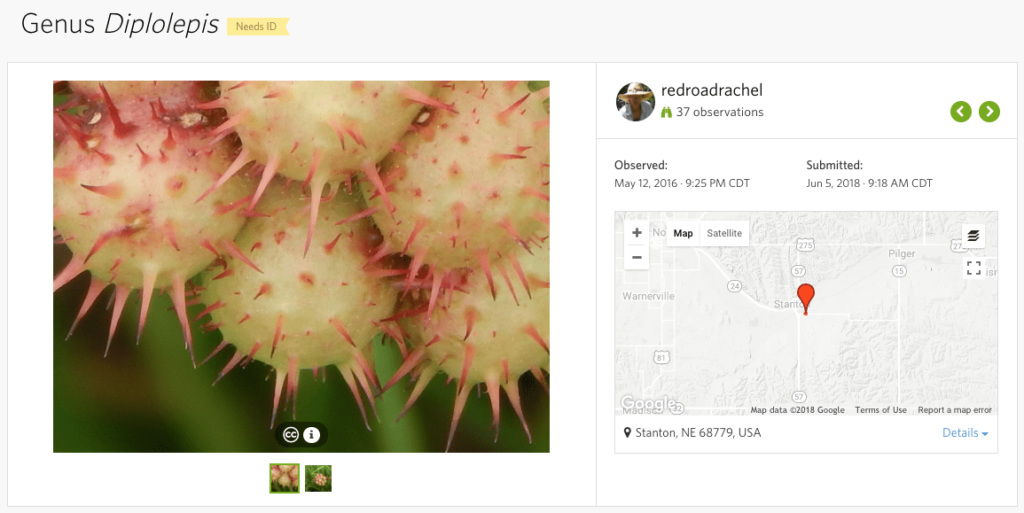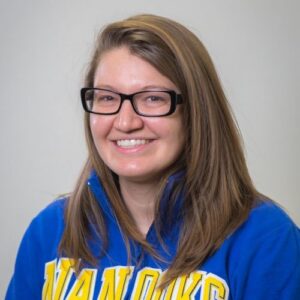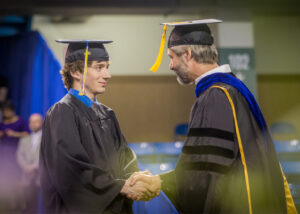Three courses embracing distance students
Though you may hear them referred to as “nontraditional students,” distance learning is actually a common occurrence at the University of Alaska Fairbanks and its community campuses. Last year one-third of UAF’s credit hours were offered online or via distance (using alternative delivery methods such as teleconference and web conference).
UAF instructors employ a variety of ways to not only include non-local students but to actually use their differing locations to enhance a course. These three classes, in particular, are strengthened by students outside of Fairbanks:
- Peter Westley’s Salmon, People, and Place course (FISH F394) is the College of Fisheries and Ocean Sciences newest asynchronous online course, meaning students do not have to “be present” at a specific time. His students will learn about the deep connections between salmon and people with a particular emphasis on the special ties between salmon, Alaska Natives and indigenous people more broadly. Registration opens Nov. 12 and Westley is aiming to attract a geographically diverse group of students. He has designed assignments to inform and empower students, preparing them to host a discussion about salmon-people connections and controversies in their own hometowns at the end of the semester.
- Offered each spring, Weather and Climate of Alaska (ATM F101X) is usually one of the first CTL-supported courses to hit its enrollment cap. Instructor Rich Collins provides students with the materials to set up their own personal weather station in their backyard. Students share weekly reports about the weather in their area and use the collective, real-time data to better understand the regional and global behavior of the atmosphere. Watch some of their reports on the course site. The more locations represented throughout the state, the better the data and student experience.
- Students in Steffi Ickert-Bond’s Intro to Alaska’s Flora (BIOL F195) do not have traditional course materials either. Instead, they purchase a $15 wide-angle macro lens that connects to their smartphone or tablet. They use that lens to take high-resolution images of plants in their neighborhoods, wherever that may be, and upload it to the iNaturalist app. By sharing their local findings with iNaturalist they are helping to create research-quality data for scientists working to better understand and protect nature. The course was first offered in summer 2018 and had contributions from students throughout Alaska, in Nebraska and Utah, and one who was traveling in Europe and Africa.

This week, Nov. 5-9, 2018, is celebrated as National Distance Learning Week, a time to celebrate the geographic dispersion of UAF’s students. Last year Nanook Nation spread across more than 250 communities in Alaska, all 50 states and 29 countries.
The United States Distance Learning Association is offering free sessions this week, including “How to Engage Online Students through Discussion Boards.” Access the whole sessions schedule here.
UAF CTL instructional designers also offer one-on-one assistance (both in person and virtually) for instructors with questions or new ideas related to incorporating distance students into their courses, face-to-face or online. See our calendar of open labs.




